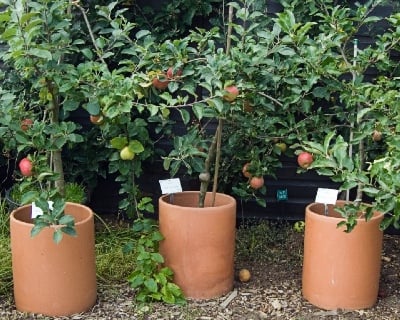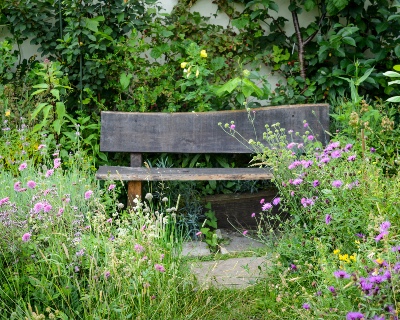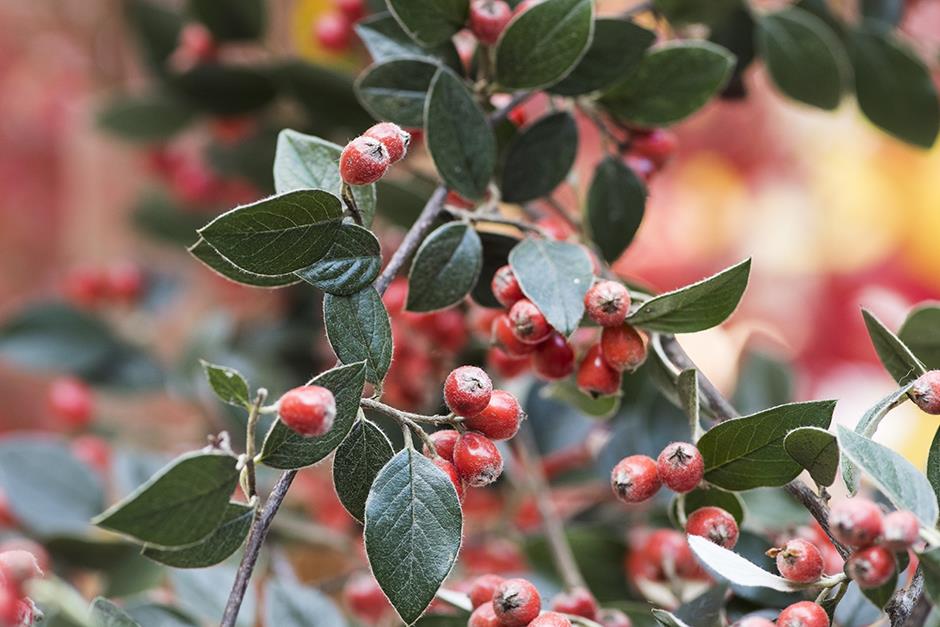How to plant a low-carbon garden
A garden designed to absorb carbon is a plant-lover’s heaven. The more plants you grow, the more carbon dioxide your garden can lock away – so it’s the best excuse to pack in as many plants as you can
Plants take in carbon dioxide during photosynthesis, much like we breathe oxygen. They then convert it into glucose, which helps them to grow.
So when you put plants front and centre, keeping hard landscaping to a minimum, your garden becomes a living sponge, sucking carbon dioxide directly out of the air.
Here are five ways to make the most of your garden planting's carbon-capturing potential.
Plant a wide mix of trees, shrubs, perennials and ground cover, and your garden will become a miniature carbon sink. Trees are so efficient at extracting carbon dioxide from the atmosphere that planting them has become a recognised way of "offsetting" your carbon emissions in other areas of life. So why not offset at home?
Fast-growing plants and those with extensive root systems are particularly effective at capturing and holding on to atmospheric carbon. Bamboo in particular is a superstar in this regard, but pick a less-invasive clump former such as Chusquea, Fargesia or Dendrocalamus.
Use the RHS Find a plant tool to help you pick the right plant; explore the filters to discover plants that will thrive in your conditions and fit the space available.
More low-carbon gardening ideas
How to grow a low-carbon garden Using sustainable materials Grow a potted mini orchard Make a low-carbon wildflower meadow Grow your own garden sundries Low-carbon container growing









